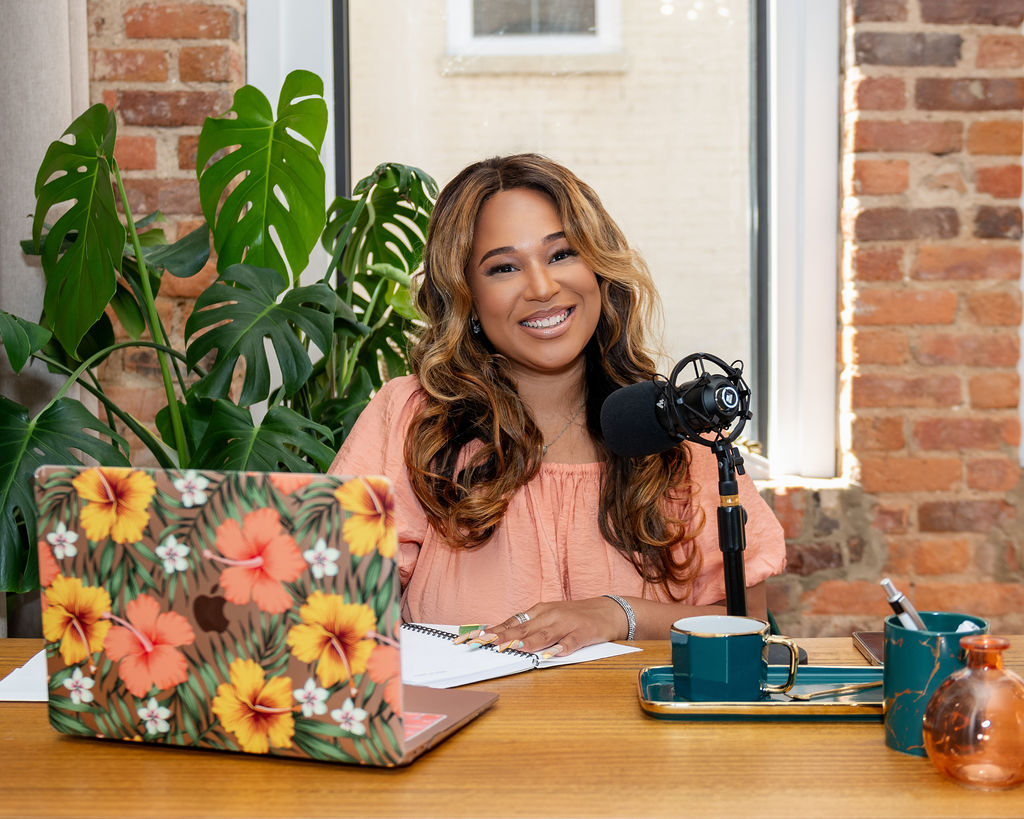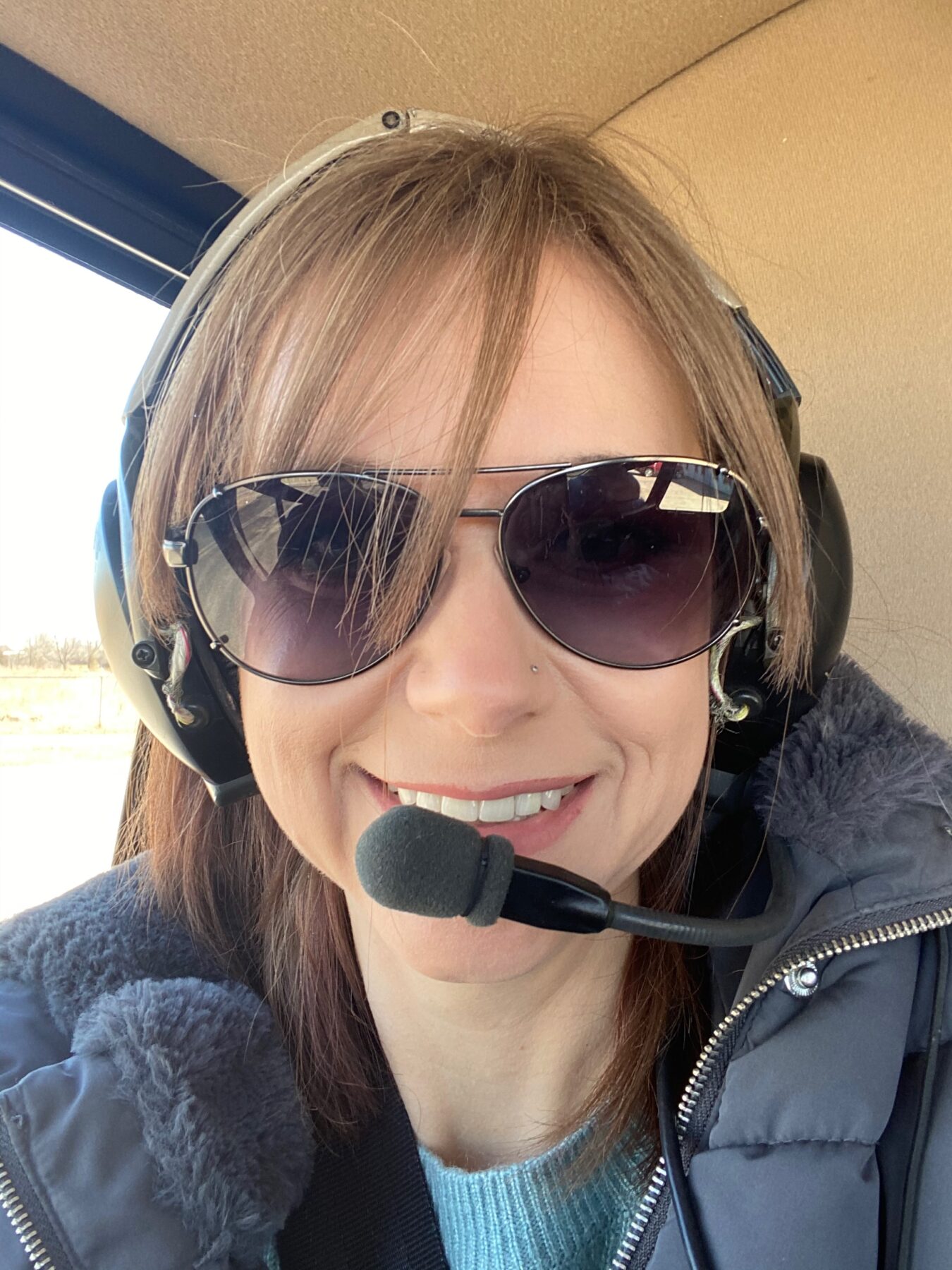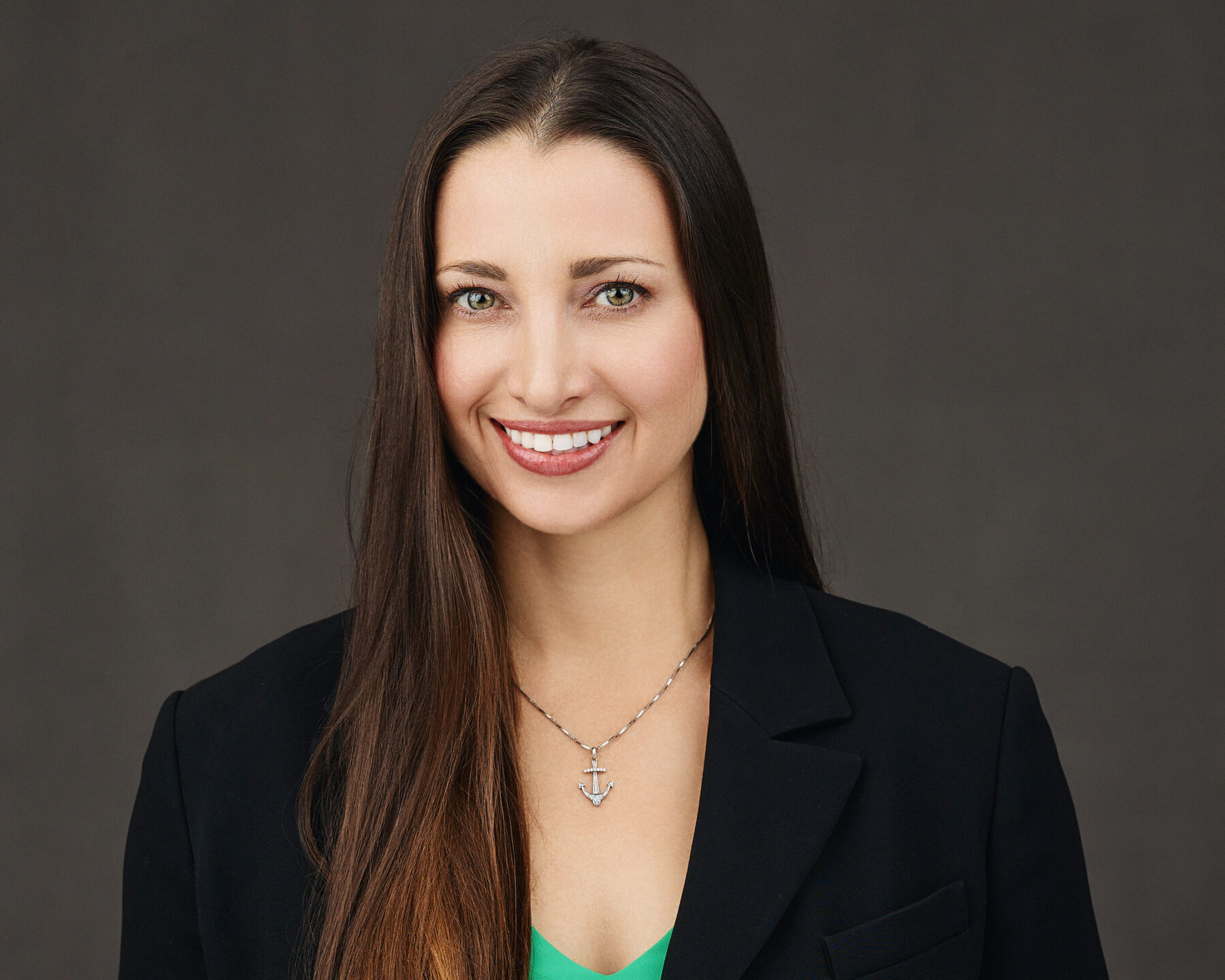
While growing her career, NBC News anchor and correspondent Savannah Sellers has also built a strong social following across Instagram, TikTok, Snapchat and X. But she hadn’t realized just how much her work resonated with viewers until she checked her “other” folder in her Instagram DMs. There was a deluge of messages — positive and weird — from people she wasn’t following.
“That was a moment that clicked for me,” Sellers said. “People are watching and listening, so I have to make sure that the content I put out there makes sense for a wide audience.”
Sellers is one of many journalists who believe that thoughtfully cultivating a social media presence is a key part of being in the business. According to a recent Pew Research Center study, 94% of journalists and editors use social media for work, with the majority using it to promote their stories and connect with their audience.
However, social media isn’t for everyone, nor is it always a pleasant experience. The same Pew study found that over half of journalists have been harassed on social media at least once. NBC News leaves it up to its journalists whether or not they want to engage on platforms.
“Social media is a tool for news gathering and keeping up on conversations, but it’s not a requirement,” said Nina Sen, NBC News director of standards on race, class and gender. “You don’t have to be on every platform — whatever is good for your specific feed or source development is the best thing to do. Mental health is still a bigger priority.”
For reporters who want to use social platforms to promote their work and build their audience, here is some advice from journalists and social media experts.
Create a balance between personal and work posts
Bryant University marketing professor Stefanie Boyer, co-author of the textbook “The Little Black Book of Social Media,” advises young journalists to be their authentic selves on platforms like X, Instagram and TikTok — to a certain point.
“Everyone is going to have their own threshold of what they feel comfortable with,” she said. “Just always keep in mind what you want to portray, and once you put it out there, it’s really out there. You have to understand how certain things might be perceived, and the personal messages you’re communicating could really damage your brand.”
In other words, journalism students and young reporters should choose the personal details they post wisely.
Social media consultant Lindsey Chastain, a former newspaper editor, has run publications’ social accounts and advised reporters on best online practices. To determine what personal content is fit to post, she suggests using “The Great-Grandmother Test.” “If you wouldn’t want your great-grandmother to see it, don’t post it,” she said. She suggested avoiding personal content like photos from parties, angry rants or anything involving politics or religion.
Sen said NBC News journalists have social media best practices and professionalism guidelines for their accounts, but personal content is allowed. However, when it comes to controversial topics, she suggested reporters consider the consequences of their posts.
“Stop and think, ‘How will this affect our coverage? And NBC as a whole? Will it reduce our credibility? Will it hurt our reporting teams out there?” she said. “You have to think about yourself as part of a larger media organization. It’s not a one-and-done philosophy where you tweet it out into the world and that’s the only impact.”
Post content related to your beat without bias
Many journalists have a beat or a specific coverage area. Chastain advises that reporters curate their social media feeds to reflect that. For instance, if a journalist wants to become a crime reporter, their timeline should include posts of related work and interests because hiring managers are often watching.
“It can give you a leg up in the hiring process,” she said. “There are many times where we looked at social media accounts and we saw the applicant was interested in that beat and already doing these things on their own. We thought they would just be able to slide right into this role.”
Reporters should check with their publication before posting too much information about a story too early. NBC News advises its journalists to hold such posts until after a story has been vetted and approved by editors, Sen said.
Journalists should also stay objective and not show any potential bias. Sen suggested that if a reporter feels passionately about an injustice or an incident, to turn that energy away from social media and into a pitch to their editor.
“You have a better tool by being a reporter,” she said. “You’ve got editors, you’ve got reporters, take the story to them, work through it, get all the sides and all the details, and that will have much more impact than your X post or your Instagram post.”
That doesn’t mean your social media content needs to only be about one thing. Boyer suggested a rule of thirds: one-third of posts can be personal, another third is the reporter’s work and the final third for reposting other reporters and boosting the work they admire.
“People forget sometimes when they’re on social media, that relationships are a two-way street,” Boyer said. “It’s social, so you share your own work, but you can also share the work of other people.”
Look out for potential sources and other opportunities
Social media presents a unique opportunity for journalists to connect with other reporters and editors — especially when they’re on the job hunt. Boyer recommends using LinkedIn for networking and searching for other employment opportunities because your resume is attached to your profile.
“It’s important to make sure you have a profile that is complete and you have a picture up there,” she said. “You can’t just create a profile and think that your audience is going to appear. You have to create content and post, comment on what other people are doing, but you also have to engage so you have to outreach to people that you want to be connected with.”



Journalists have also used social media to connect with publicists and potential sources. Longtime publicist Candice Nicole, who owns her eponymous PR firm, pointed out that a journalist’s well-thought-out timeline can lead to receiving more relevant PR pitches and connections. Recently, she made a social media connection with a Business Insider journalist that led to her client becoming a source for an upcoming article.
“It’s a mix of utilizing what you have on social media with your hashtags and content,” she said. “And PR folks will be a bit nosy, peeking into what your journalist friends are talking about who they’re talking to, so they can start additional conversations.”
Reporters have traditionally used X and other platforms for crowdsourcing as well, but follow your news outlet’s best practices before calling out for sources on social. For instance, Sen said NBC News encourages journalists to run any crowdsourcing by a manager, as well as the standards and legal departments in case of privacy or data collection concerns.
Engage with your audience
“Don’t read the comments” is a common refrain among journalists. But many of the experts I spoke with suggested doing so — as much as your mental health allows — to engage with the real people who follow your work.
“If you look at the comments under your stories, people may start asking questions, and now you have a whole list that you can turn into another article,” Chastain said. “Every time I posted a city council [story] on Facebook, I got three or four more articles out of it just by reading the comments and answering people’s questions.”
Sellers has found success in engaging with her followers on TikTok with help from NBC News executive assistant Emiko Powers. On the platform, Sellers has gone viral with “Day in the Life” videos of her anchoring “TODAY” and “Morning News NOW” within the same hour, as well as answering viewer questions about her journalism career.
“What we have seen work is behind-the-scenes content, because Savannah’s audience really likes to see how she gets ready in the morning, the makeup, the hair and how she preps for the broadcast,” Powers said. “People feel like they’re learning something, and that’s what I think about when I make the TikToks — are people going to walk away from this video having learned something?”



